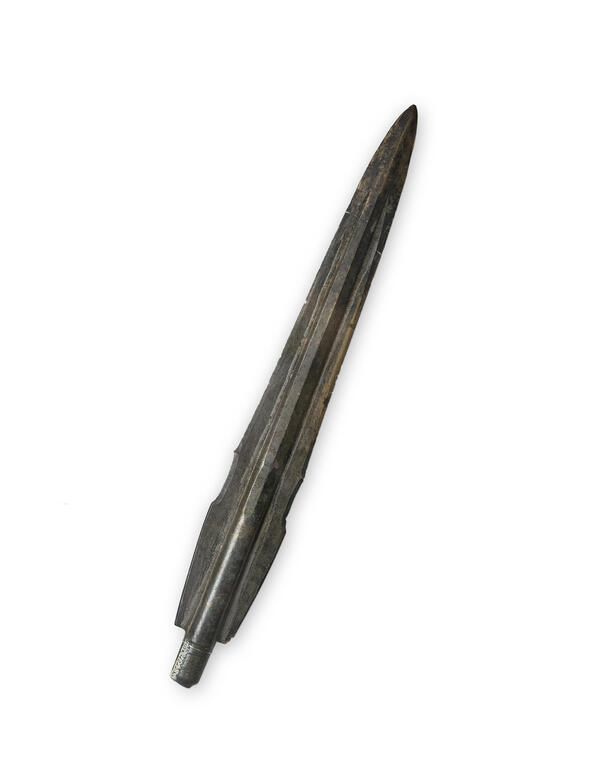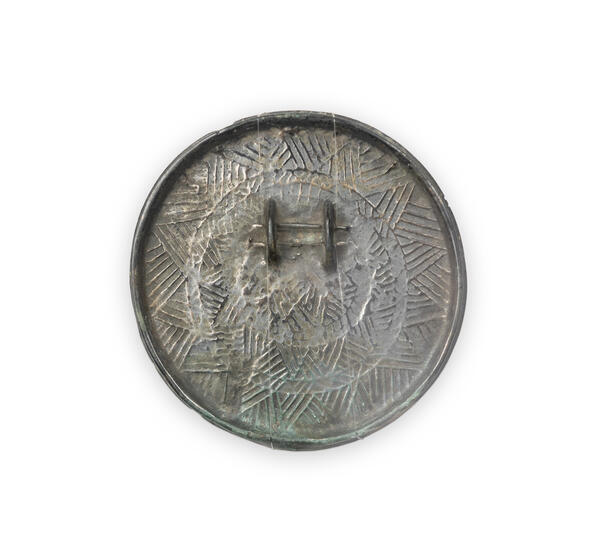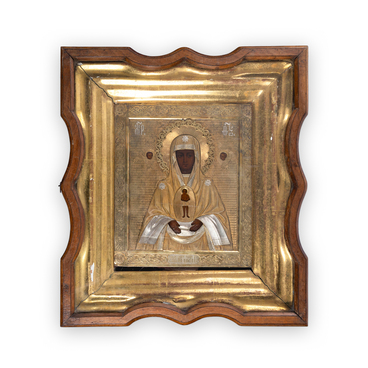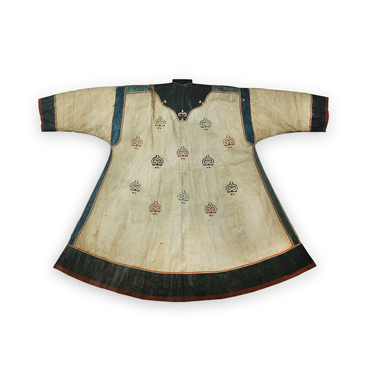The exhibition of the Vladimir Arseniev Museum of Far East History features a mirror and daggers discovered accidentally on Golubinaya volcanic hill in Primorsky Krai.
In the Shkotovsky district of Primorye, on the right bank of the Maikhe River, there is a hill, formerly called Golubinaya because wild pigeons nested in its caves. Later, limestone was mined there and lime kilns were built nearby. Thus, the volcanic hill was named “Izvestkovaya”. The top of the hill is an inclined plane. There are numerous terrace-shaped ledges of the medieval settlement. The hillside falls to the Maikhe River with a vertical ledge about 40
The items of the ancient burial were found in 1959, when an excavator was working on the hill. Unfortunately, as a result of excavator work, the burial site was damaged. According to eyewitnesses, it was a stone box in the shape of a cube, lined with rough stone, 70×70 centimeters in size. The discovered stone box with a set of objects was located in the ground at a depth of one and a half meters. Subsequently, the discovered artifacts were transferred to the museum.
The complex of objects included a human mandible, two bronze daggers, a bronze spearhead, a bronze mirror with fine geometric patterns, a miniature chisel, a bronze knife plate, a stone chisel and a stone grind. Bronze daggers and a mirror from the burial are the most significant artifacts, thanks to which scientists were able to determine the cultural affiliation of the burial and its dating. The distinctive feature of the mirror was the typically shaped eyelets for hanging. Unlike Chinese mirrors, which have one hemispherical eyelet on the central part of the disk, here there are two of them in the form of ribbed protrusions with holes for putting a string through them for hanging, placed just above the center.
The advantageous position of Golubinaya volcanic hill for defense and availability of a vast flat space on it, convenient for settlement, were appreciated by the ancient inhabitants of the Maikhe River long before the Middle Ages. Traces of the Iron Age Krounovka archaeological culture were also found on the top of the hill.




